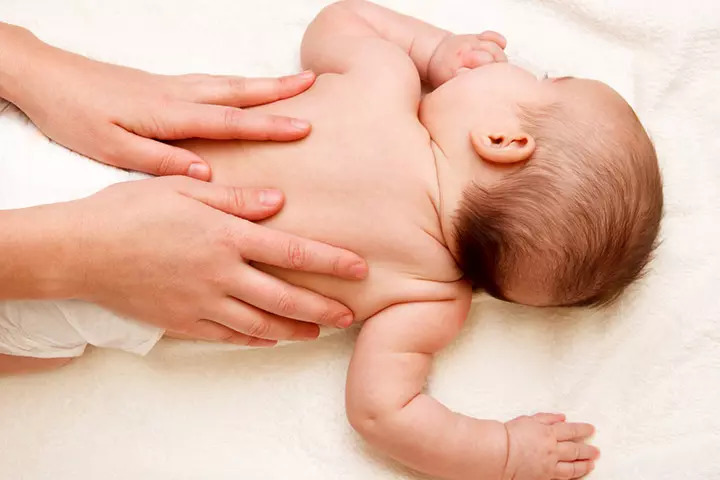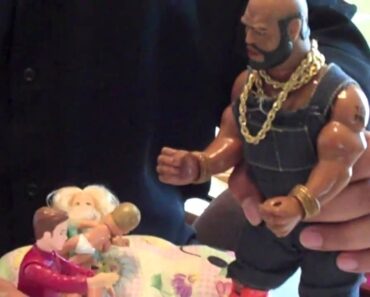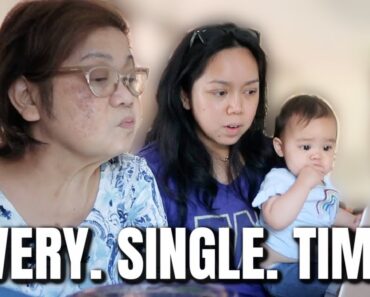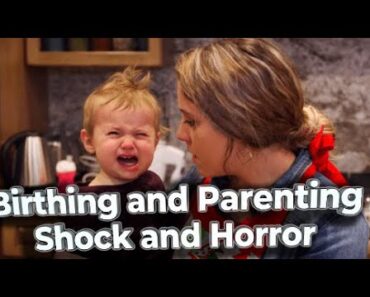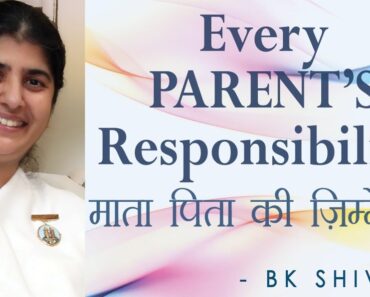Infantile scoliosis or infantile idiopathic scoliosis refers to an abnormal, side-to-side curving of the spine in children younger than three years. The spine curvature is considered abnormal when its angle is greater than 10 degrees. This painless condition develops during the intrauterine period or after birth. Infantile scoliosis is different from congenital scoliosis.
Most cases of infantile scoliosis cause mild curvature, requiring minimal to no treatment. However, in moderate to severe curvature cases, medical intervention is needed to eliminate or minimize complications.
This post tells about the symptoms, possible causes, diagnosis, and treatment of infantile scoliosis.
Signs And Symptoms Of Infantile Scoliosis
The symptoms and their intensity could vary depending on the extent of curvature. Mild infantile scoliosis may not be easily discernible. Moderate to severe infantile scoliosis could cause the following signs and symptoms (1).
- Abnormal changes in the posture
- Tilted, uneven position of the shoulders, where one shoulder blade bulges out more prominently than the other
- Distinguished visibility of spine and ribs on one side than the other
- Uneven waistline causing an imbalance in the hip position and difference in hip height
- Uneven leg length where one leg looks longer
- Body leaning more towards one side
- Head tilting towards one side or not centered between the shoulders
- One arm appears closer to the body than the other while standing
Many of the symptoms may be more prominent when the baby begins to sit without support, crawls, or begins to stand.
The condition does not cause pain, so the baby will not appear uncomfortable while performing physical actions (2).
Possible Causes Of Scoliosis In Babies
Infantile scoliosis has no definitive cause. But ongoing clinical research theorizes the following possible reasons (3).
- Intrauterine molding: It refers to the bending of the infant’s spine in utero due to the abnormal pressure exerted by the uterine walls on one side of the fetus’ body. Alternatively, it can happen due to abnormal positioning of the fetus in the uterus. Research shows that the side of the body affected by scoliosis is usually the side that may develop plagiocephaly (flattening of the head on one side) and hip dysplasia (abnormal hip joint causing a bend to one side). Intrauterine molding is also one of the causes of these conditions.
- Genetic inheritance: Scoliosis is observed to be more common in certain regions and populations, suggesting a possible link to family history. Although no specific genes have been identified, experts don’t entirely deny the possibility of a genetic link.
- Postnatal external pressures: When an infant is placed on their back for long periods, their skull and spine may flatten due to pressure. It may increase the risk of abnormal spinal curvature and scoliosis.
Diagnosis Of Infantile Scoliosis
Infantile scoliosis usually gets detected when the baby is about six months old. If a doctor suspects infantile scoliosis, they may follow the following steps for confirmation.
- Physical examination: The doctor checks for the baby’s posture, the spine’s curvature, and the hips’ position. They may also check the baby’s movement while crawling or walking.
- X-rays: X-rays help visualize the bones and confirm spine curvature. The doctor may suggest multiple X-rays to check for the severity and location of infantile scoliosis. X-rays are usually sufficient to diagnose scoliosis. However, in some cases, the doctor may suggest additional imaging tests.
- EOS imaging: It is an imaging technology that captures three-dimensional images of the baby’s spine in a standing position. This technique is useful in determining spinal deformity in older babies.
- Magnetic resonance imaging (MRI): It gives detailed images of the spine and other body parts. It may be used to determine the effects of severe scoliosis on organs and other bones of the body.
- CT and DEXA scan: Computed tomography or CT scan is an imaging tool that gives cross-sectional images of the body and helps detect other bone-related problems due to scoliosis. Radioisotope bone scan or DEXA scan helps determines spinal bones’ health and strength.
Treatment For Infantile Scoliosis
Treatment for infantile scoliosis depends on the spinal curvature’s severity and the implications it can pose in the future. The following course of treatment could be followed to treat infantile scoliosis (1) (4).
1. Observation
Babies with mild spinal curves of 10 to 25 degrees stay under observation as they usually self-correct. Regular monitoring through physical exams and X-rays helps keep track of the condition. The doctor monitors the baby until teenage, when growth spurts may trigger the progression of scoliosis.
More than 50 percent of children with infantile scoliosis get better over time without any treatment. Infants with moderate curves of between 25 to 40 degrees often require casting and/or bracing as they may experience worsening of scoliosis.
2. Serial body casting
It is a suitable treatment for children between six months and six years but is most effective among babies younger than 18 months. In the process, a cast is applied to the baby’s torso while under general anesthesia. Anesthesia keeps the baby relaxed and still while the cast is shaped and molded. Once done, the cast applies varying pressure and brings the spine to its correct position.
The baby needs to wear it full-time with a possibility for adjustments and modifications while bathing or diaper-changing. The cast may stay for a few months to three years. Recasting is done periodically as the baby grows.
3. Bracing
The baby wears a scoliosis brace (custom thoraco-lumbar-sacral orthosis or TLSO) until scoliosis resolves. However, parents can remove it every day to bathe the baby. An orthotist makes this specialized brace.
The brace could be recommended after full-time casting or as first-line treatment. Bracing helps prevent the worsening of the spinal curvature.
4. Exercises
Children shouldalso be advised some exercises to correct spinal curvature, build strength, and improve balance. This is done with the help of well-trained physiotherapysts and biokinetic therapists.
5. Surgery
Persistently worsening scoliosis despite bracing and those with spinal curvature greater than 40 degrees require surgical correction. Several surgical options, such as growing rods, spinal fusion, vertebral body tethering, and vertical expandable titanium ribs (VEPTR), are available to treat infantile scoliosis. A doctor selects the most appropriate option based on the baby’s age, the extent of spinal curvature, and other medical considerations.
Infantile scoliosis is a rare condition, and severe cases may affect a child’s quality of life if left untreated. Early diagnosis and prompt treatment are necessary to resolve the condition successfully. Most babies with mild spinal curvature don’t need treatment, whereas those with moderate curvature need casting and bracing. Surgery is usually required for severe curvature, allowing the little one to have a healthy spine with a normal range of motion.
References:
2. Your Guide to Idiopathic Scoliosis: Posterior Spinal Fusion; Children’s Hospital
3. Infantile Idiopathic Scoliosis; Columbia Ortho
4. Infantile Idiopathic; Johns Hopkins Medicine
